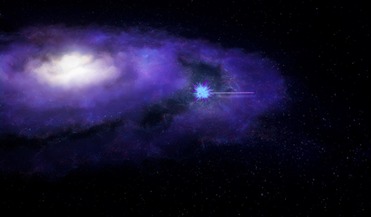 29 May 2020
Cosmic bursts solve Universe's 'missing matter' problem
29 May 2020
Cosmic bursts solve Universe's 'missing matter' problem
... available telescopes at the time. Then, in 2007 the search took an unexpected turn when astronomers discovered a new cosmological phenomenon called a fast radio burst (FRB). These highly energetic pulses of radio emission appear to come from...
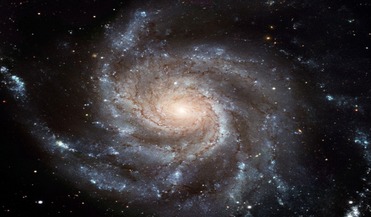 03 June 2020
New study challenges the assumption that the Universe doesn't spin
03 June 2020
New study challenges the assumption that the Universe doesn't spin
... Universe is inflating with no particular direction and that the galaxies in it are distributed with no particular cosmological structure. This assumption is consistent with Einstein’s equations but isn't required by them. However when cosmologists...
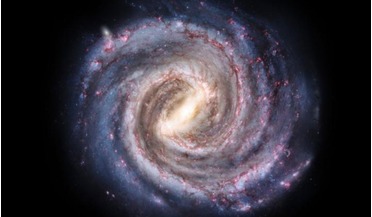 18 June 2021
The spin of the Milky Way's galactic bar has slowed by a quarter, say researchers
18 June 2021
The spin of the Milky Way's galactic bar has slowed by a quarter, say researchers
... in significantly more mass than we can see. By fitting a theoretical model of the composition of the Universe and other cosmological observations, scientists think that dark matter makes up about 27 percent of the cosmos and outweighs visible matter...
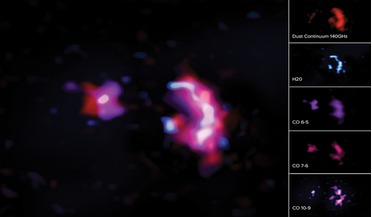 03 November 2021
Astronomers spot the most distant detection of water in a star-forming galaxy
03 November 2021
Astronomers spot the most distant detection of water in a star-forming galaxy
.... This correlation could be used to develop water as a tracer of star formation, which could then be applied to galaxies on a cosmological scale.” Understanding how the first galaxies formed in the Universe also helps scientists shed light on the...
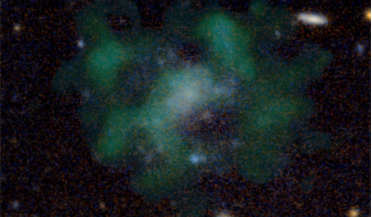 06 December 2021
Astronomers find a galaxy with no dark matter
06 December 2021
Astronomers find a galaxy with no dark matter
... reason why galaxies and galaxy clusters do not fly apart, dark matter is key to our understanding of many cosmological phenomena. But now a new study by an international team of astronomers could be about to turn the situation on its head...
 19 April 2016
APSS 2016 Was Held in Beijing at the End of February
19 April 2016
APSS 2016 Was Held in Beijing at the End of February
..., solar terrestrial physics, solar and stellar astronomy, galactic astronomy, extragalactic astronomy, physical cosmology, aerospace engineering, planetary science, astrobiology, forensic astronomy, archaeoastronomy, and space archaeology. APSS...